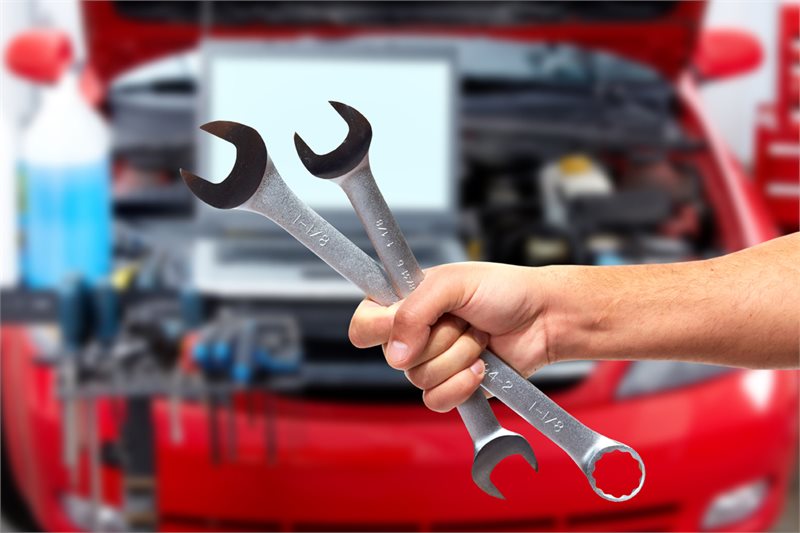
Key Takeaways:
- Understanding the latest technological advancements in plastic injection molding.
- Exploring the benefits these innovations offer to automotive manufacturing.
- Examining the sustainability and efficiency improvements in modern molding techniques.
- Anticipating future trends and their potential impacts on the automotive industry.
Table of Contents:
- The Shift Towards High-Precision Engineering
- Material Innovations: Beyond Conventional Plastics
- Automation and Robotics in Molding Processes
- Advances in Mold Design and Manufacturing
- Saving Costs and Reducing Waste
- Sustainability in Automotive Materials
- Future Outlook: Molding Technologies and Automotive Design
The Shift Towards High-Precision Engineering
Plastic injection molding technology advancements are increasingly vital in automotive manufacturing, where high-precision engineering is paramount. Automakers require parts that adhere strictly to specifications to ensure safety, performance, and aesthetics. Innovations in plastic injection molding have produced parts with exceptionally tight tolerances, superior functionality, and improved visual appeal. Manufacturers seek solutions that offer meticulous accuracy as miniaturization trends continue and components require even greater precision. The application of cutting-edge technologies in the manufacturing process enables the creation of components that fit perfectly within the sophisticated systems of modern vehicles. Integrating high-precision tools and advanced quality control techniques ensures that every batch meets the stringent standards required in the automotive industry.
Material Innovations: Beyond Conventional Plastics
The discovery and application of new materials have become a centerpiece of progress in injection molding. Nowhere is this truer than in automotive manufacturing, where innovative use of polymers is essential for efficiency and advancements. Researchers are experimenting with polymers that offer reduced weight and the ability to withstand extreme conditions, contributing to the longevity of automotive parts. These new materials are engineered to resist high temperatures and corrosive environments, extending the life of the components and, in turn, the vehicles themselves. One critical aspect of this advancement is the ability to design mold solutions that cater to the growing trend of complex geometries and meticulous designs. This allows automotive manufacturers to innovate freely, designing newer models incorporating complex features without compromising manufacturing feasibility. Advanced material innovations are prompting a radical rethinking of what can be produced through injection molding. The development of custom-engineered materials tailored to specific automotive applications enables parts that can perform exceptional tasks, like coping with the stresses and strains of an operational engine or the chassis of a car. This level of adaptability and resilience pushes the boundaries of automotive design, allowing for enhanced performances and the advent of lighter and stronger vehicles.
Automation and Robotics in Molding Processes
Automation and robotics have ushered in a new era of efficiency in manufacturing processes. In plastic injection molding, these technological aids serve as the linchpins for enhancing precision and product uniformity. Robotics are indispensable for executing repetitive and high-precision tasks with unwavering consistency, improving the overall output quality. Assembly lines that leverage advanced automation technologies have succeeded in diminishing human error and accelerating production cycles. This has proved especially advantageous in an industry constantly pressured to launch new models and swiftly respond to consumer trends. Integrating sophisticated robotics into injection molding reduces manufacturing defects, allowing for greater detail and complexity in part design. State-of-the-art robotics technology has also made it feasible to handle the post-molding processes—such as assembly, painting, and inspection—with great accuracy, further enhancing the efficiency of the automotive manufacturing workflow.
Advances in Mold Design and Manufacturing
Substantive advances in the design and manufacturing of molds have been transformative for the automotive industry. Introducing robust software tools for simulation and three-dimensional modeling allows for more dynamic design processes. Modern software solutions enable rapid prototyping, testing, and refinement, reducing the development cycle of new molds from weeks to days. Designers and engineers can collaborate more effectively, using these tools to predict how molds will behave under real-world conditions and adjust their designs accordingly before they ever reach production. This ability to preempt and resolve potential manufacturing issues in the virtual realm translates into more precise mold creation and a smoother transition to mass production. The result is a reduced time and resources traditionally required for mold development, leading to cost savings and the accelerated introduction of new vehicle models into the marketplace.
Saving Costs and Reducing Waste
Amid rising environmental concerns and cost pressures, optimizing plastic injection molding significantly reduces waste and saves costs. By enhancing process efficiency, the industry not only curtails the consumption of raw materials but also mitigates the volume of production waste. This aligns with the cost-efficient and eco-friendly principles many automotive manufacturers now prioritize. Furthermore, the deployment of intelligent, energy-efficient machinery has led to a reduction in the ecological footprint of manufacturing operations. This strategic shift to more brilliant production technologies allows automakers to channel the saved resources into other spheres, such as research and development for future technologies, or to pass on the cost savings directly to consumers.
Sustainability in Automotive Materials
Sustainability is no longer merely a buzzword in the automotive industry—it is a pressing demand shaping manufacturing processes and material selection. The shift from traditional, non-renewable resources to more eco-friendly alternatives signifies a conscious move towards a greener future in automotive design. Innovative, recyclable polymers and bio-based materials offer a dual benefit: they reduce the environmental burden of automotive manufacturing and provide end-of-life options that extend beyond the landfill. As the industry embraces these environmentally responsible materials, it also opens up new possibilities for vehicles that are not just sustainable but also powerful and attractive. It is a paradigm shift that underscores the industry’s commitment to reducing its carbon footprint while continuing to deliver the performance and reliability that consumers demand.
Future Outlook: Molding Technologies and Automotive Design
The ongoing refinement of plastic injection molding technologies signals transformative potential for the future of automotive design. These technologies confer greater freedom on designers, allowing them to conceptualize structures seamlessly integrating advanced features. Emerging automotive trends, such as the rise of autonomous vehicles and the surge in electric vehicle production, underscore the need for continued innovation in materials and manufacturing processes. With advancements in molding technologies, the automotive industry is poised to redefine the nexus of form and function, balancing aesthetics with new standards of passenger safety and environmental stewardship. Looking forward, we can expect plastic injection molding to catalyze the development of sleek, efficient, and even more user-centric automotive designs that cater to tomorrow’s drivers and the environment’s needs.









